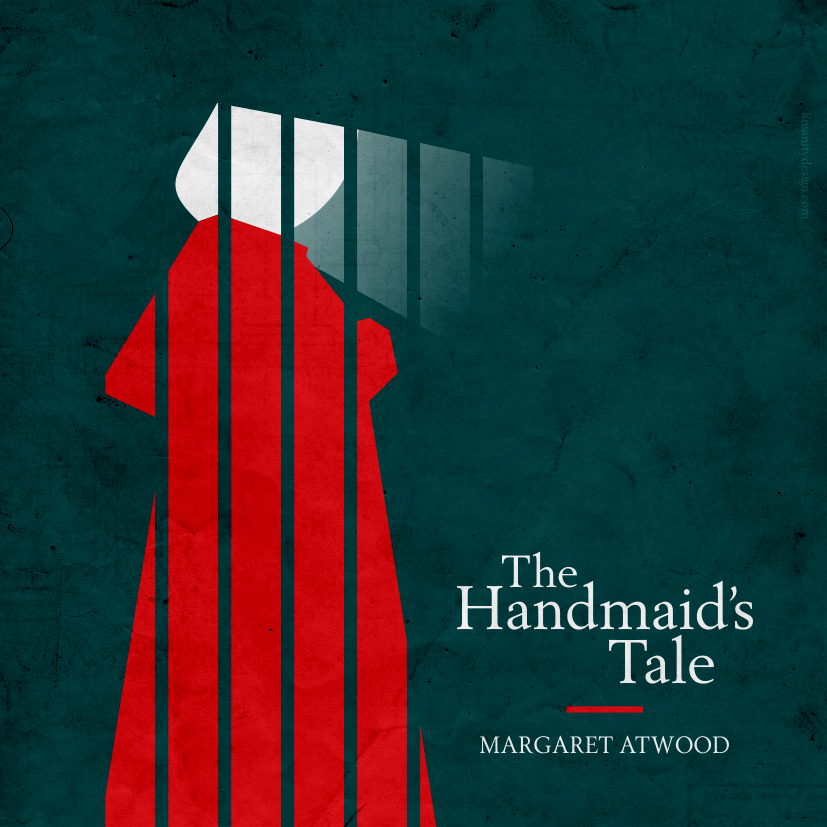The Guardian is reporting that lawyers for Lord McAlpine, who was horrendously slandered as a paedophile after a Newsnight report alluded to a “senior Conservative” involvement in a child sex scandal, are looking into the possibility of criminal prosecutions of Twitter users who wrongly identified him.
There is no doubt that accusations of child sexual abuse are very serious. If you asked people on the street to come up with an example of a libellous accusation, chances are most would say “calling someone a paedophile”.
McAlpine has clearly been defamed, and is entitled to seek reparation.
But the McAlpine legal team are apparently investigating pursuing the case(s) under the Malicious Communications Act 1988.
Here’s the relevant text of that act, worth reproducing in full
(1) Any person who sends to another person—
(a) a [letter, electronic communication or article of any description] which conveys—
(i) a message which is indecent or grossly offensive;
(ii) a threat; or
(iii) information which is false and known or believed to be false by the sender; or
(b) any [article or electronic communication] which is, in whole or part, of an indecent or grossly offensive nature, is guilty of an offence if his purpose, or one of his purposes, in sending it is that it should, so far as falling within paragraph (a) or (b) above, cause distress or anxiety to the recipient or to any other person to whom he intends that it or its contents or nature should be communicated.(2)A person is not guilty of an offence by virtue of subsection (1)(a)(ii) above if he shows—
(a)that the threat was used to reinforce a demand [made by him on reasonable grounds]; and
(b)that he believed [and had reasonable grounds for believing,] that the use of the threat was a proper means of reinforcing the demand.(2A)In this section “electronic communication” includes—
(a)any oral or other communication by means of a telecommunication system (within the meaning of the Telecommunications Act 1984 (c. 12)); and
(b) any communication (however sent) that is in electronic form.](3) In this section references to sending include references to delivering [or transmitting] and to causing to be sent [delivered or transmitted] and “sender” shall be construed accordingly.
(4) A person guilty of an offence under this section shall be liable on summary conviction to [imprisonment for a term not exceeding six months or to a fine not exceeding level 5 on the standard scale, or to both].
There are two pertinent issues raised here: what is “sending” a communication, and the intent of the message.
As social media such as Paul Chambers have learned to their cost, the legal definition of sending a message online seems to differ from most users’ understanding. A phonecall, text or email would suggest “sending” to most people, but we wouldn’t necessarily consider a tweet or a Facebook update as the same thing. The definition has evolved far beyond the original purpose of laws on communications, which were intended to protect people from harassment by, say, heavy breathers, or hate-mailers.
Secondly there is the issue of intent. It seems unlikely that people who tweeted alluding to false rumours about McAlpine intended to cause “cause distress or anxiety to the recipient”.
Additionally. “the recipient” is an interesting concept here: when we tweet, who exactly is the “recipient”. If we send a direct message, or include someone’s handle in a tweet, then we can identify a “recipient”, but what of a straightforward tweet, is the “recipient” so clear?
Much has been written on this blog about the use of inappropriate legislation in social media prosecutions. This would appear to be another case.
There are (very problematic) civil laws on libel, and there are criminal laws on harassment. While not downplaying McAlpine’s ordeal, we must be vigilant against the increasing criminalisation of online speech.




